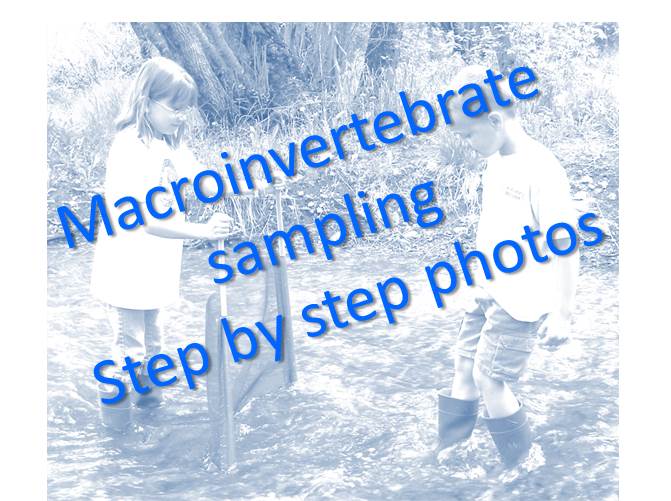Wetland Versus Stream Macroinvertebrates
Lesson Parts
PDF of This Lesson
Purpose:
To investigate various biomes through observation and comparison of the diversity of life, in particular, the specific number of species, biomass, and type of organisms.
Summary:
In this exercise, students will use their data from the activity Who Lives in the Water? or Missing Macroinvertebrates and compare it to a macroinvertebrate sample collected from a wetland site.
See discussion questions for additional information and some leading questions to help guide classroom discussions.
This lesson is designed in four parts:
- A classroom activity where students discuss differences between stream and wetland systems;
- a field activity where students collect macroinvertebrates from a wetland;
- follow up STEM activities, discussion, data analysis, and presentation of results (see tips on preparing for a water related activity to have a safe and meaningful experience)
- and watershed connections.
Materials Needed:
Copies of macroinvertebrate keys
*Click here for information on purchasing equipment or supplies or creating your own equipment. Contact USU Water Quality Extension (waterquality@usu.edu or 435-797-2580) for information on borrowing equipment.

Classroom Activity:
1. Ask the students to list differences between a stream biome and a wetland biome (e.g., water velocity, temperature, depth, width, vegetation, sediment, inhabitants). Have students define diversity. Tell them for this activity they will compare the diversity of macroinvertebrates found in a stream to those found in a wetland.
2. Explain to the students that they will be using their data from the activity Who Lives in the Water? to compare with the new data they collect from a wetland biome.
3. Ask the students about the differences they expect to see in the macroinvertebrates from the two types of biomes. Why would there be differences (see discussion question #2)
4. Be sure the students are familiar with the macroinvertebrate key they will be using in the field as well as the sampling procedures.
Prepare for Field Activity:
Proper preparation, before entering the field, is important to class safety. Follow the links below for tips for thorough preparation.
Field Activity:
1. Set up stations for sampling macroinvertebrates. These areas should be easily accessible and safe to enter.
EACH STATION SHOULD INCLUDE:
- Macroinvertebrate sampling instruction sheets (it helps to laminate these!)
- Waders
- Kick net
- Plastic pan
- Transfer pipettes
- Magnifying glasses
- Petri dishes
- Macroinvertebrate keys
2. Divide the students into groups. The groups should be made up of no more than six students to be sure everyone gets to participate. Provide each group with clipboards, pencils, and sorting worksheets. Each group will sample at a different station.
3. Have the students follow the instructions for sampling macroinvertebrates on the macroinvertebrate sampling instruction sheet, and record the information on the macroinvertebrate sorting worksheet.
STEM Activity:
After sampling, it is beneficial for the students to graph their data in order to understand the activity they have just completed. Some helpful ways to assist students in a better understanding are:
1. Use your data to create graphs and make comparisons.
- Have the students graph the number of each species or types found at each site. Are there entire groups present at one site, but missing at another?
- Have the students graph the number of individuals found at each site
2. Have the students estimate the biomass (organisms per unit area) at each site.
3. Have the students build Hester-Dendy samplers to collect macroinvertebrates. For instructions click here.
Watershed connections
What watershed do you live in?
Utah Watersheds
You can find information for each watershed here:
Curriculum and Teacher Materials
Core Alignments By Grade:
6th Grade:
7th Grade:
8th Grade:
High School:
Materials and Worksheets:
For Proper preparation:
PDF's:
Worksheets and More:
- Printable PDF Version of Lesson (some text may be different)


